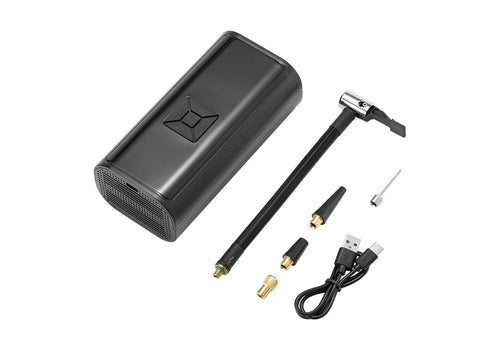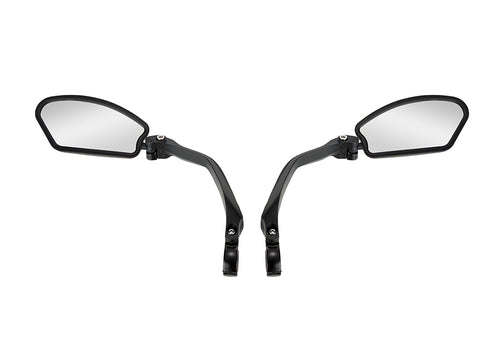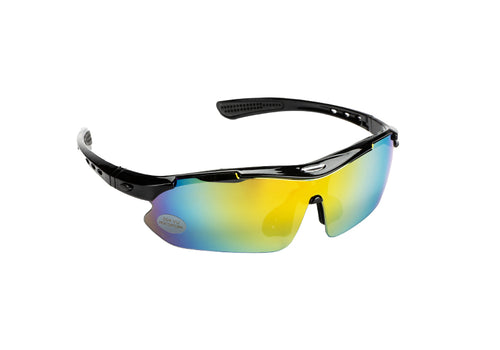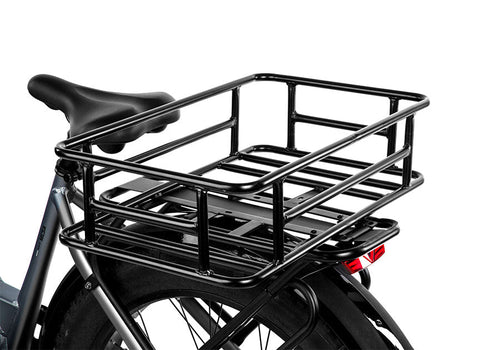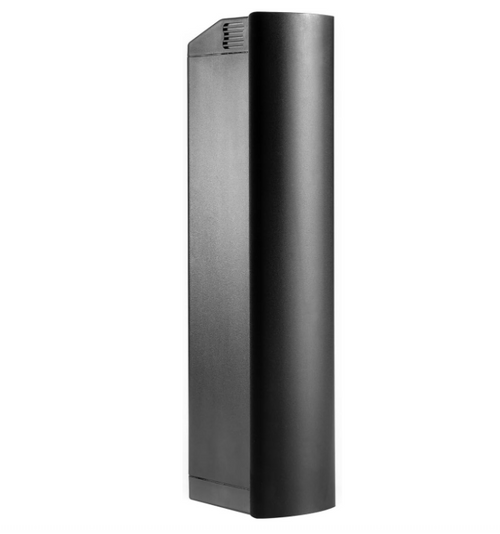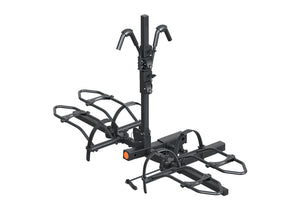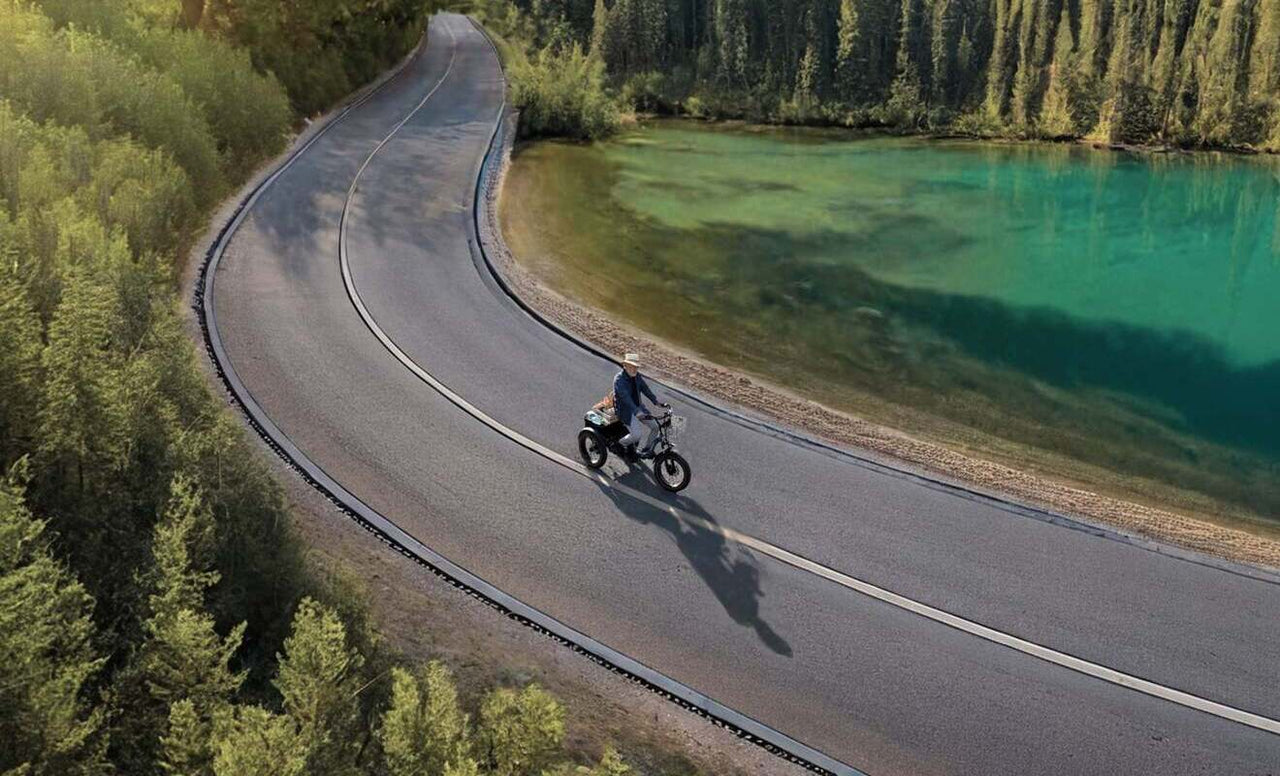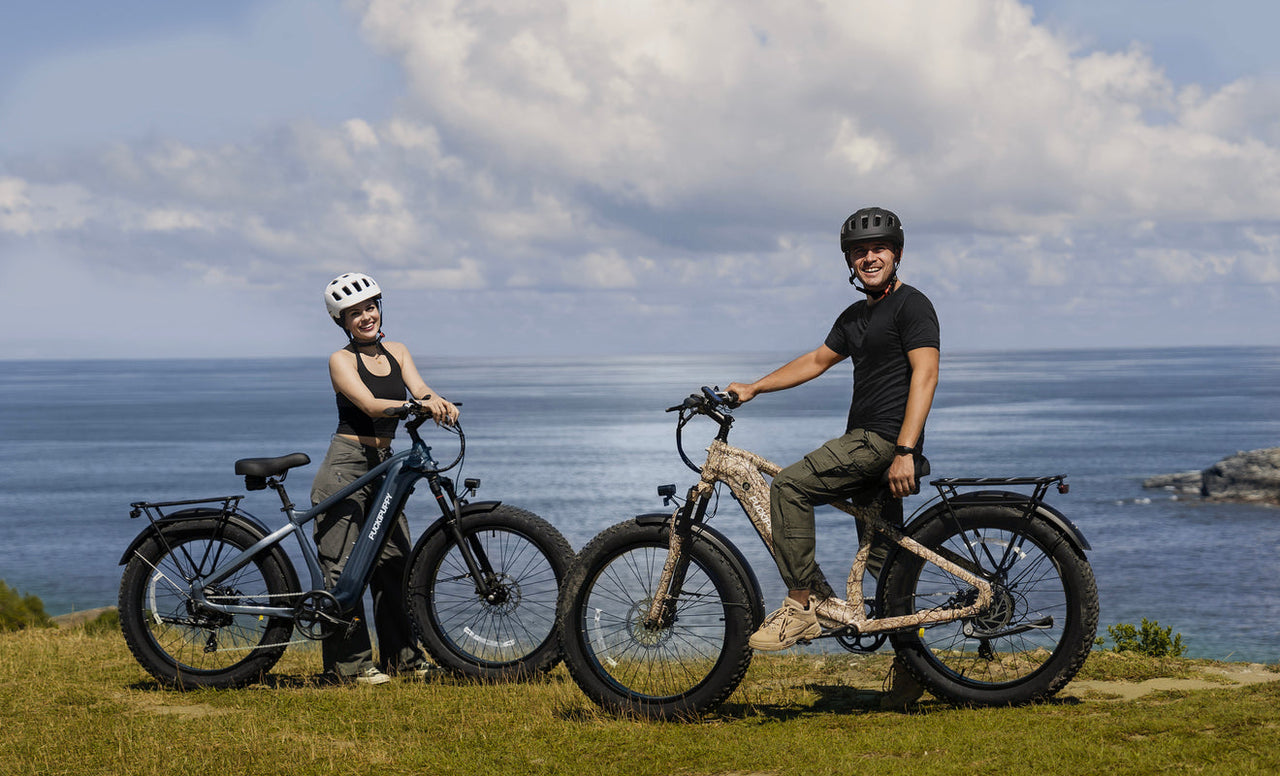Tel: (877) 755-9956 | Mon-Fri 9 a.m.- 6 p.m. PST
Join the New Year Countdown Event - shop for a chance to win your order for free!
Tel: (877) 755-9956 | Mon-Fri 9 a.m.- 6 p.m. PST
Join the New Year Countdown Event - shop for a chance to win your order for free!
Tel: (877) 755-9956 | Mon-Fri 9 a.m.- 6 p.m. PST
Join the New Year Countdown Event - shop for a chance to win your order for free!
Tel: (877) 755-9956 | Mon-Fri 9 a.m.- 6 p.m. PST
Join the New Year Countdown Event - shop for a chance to win your order for free!
Tel: (877) 755-9956 | Mon-Fri 9 a.m.- 6 p.m. PST
Join the New Year Countdown Event - shop for a chance to win your order for free!
Tel: (877) 755-9956 | Mon-Fri 9 a.m.- 6 p.m. PST
Join the New Year Countdown Event - shop for a chance to win your order for free!













































